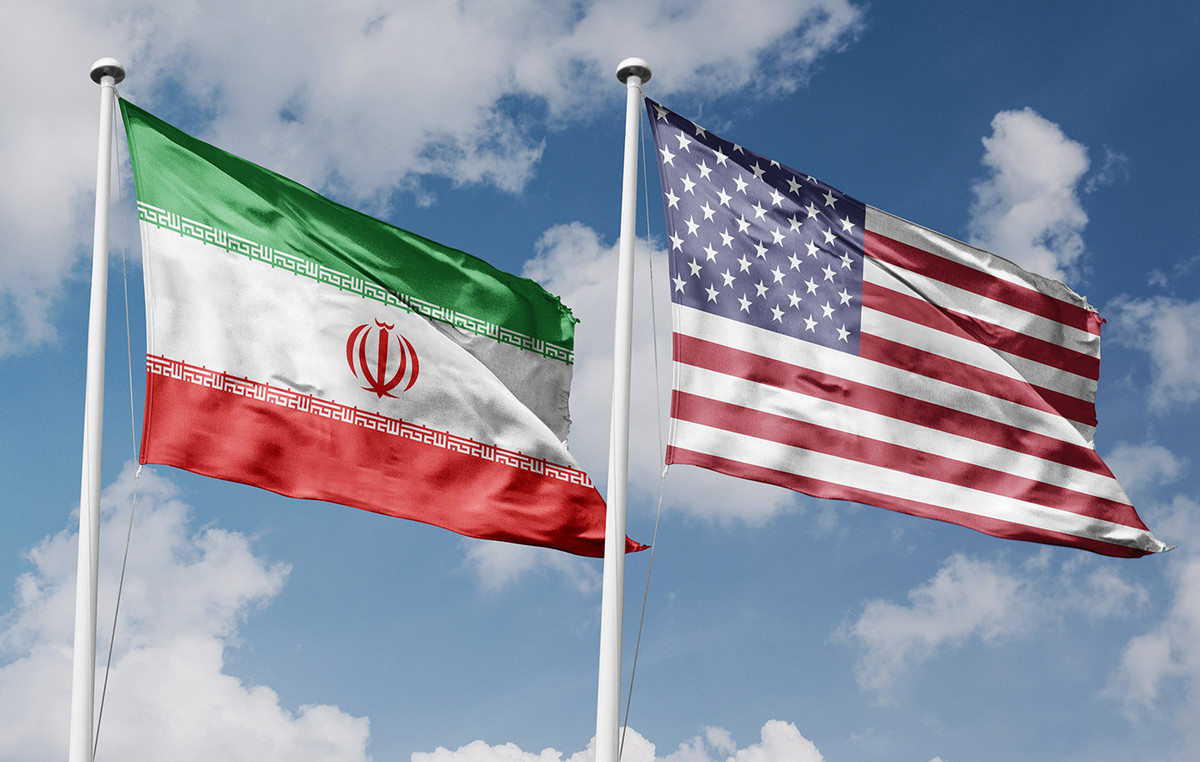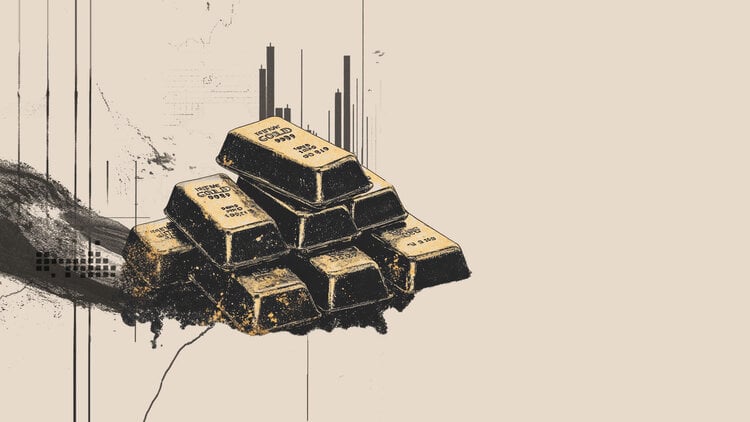Here's what you need to know to trade today Thursday April 11:
He US dollar (USD) posted impressive gains against its rivals following strong inflation data on Wednesday. On Thursday, the European Central Bank (ECB) will announce monetary policy decisions after the conclusion of the April meeting, and weekly data on initial jobless claims will be published on the US economic agenda along with the Index figures. of Production Prices (IPP) for March.
The US Consumer Price Index (CPI) rose 3.5% annually in March, the US Bureau of Labor Statistics reported on Wednesday. This data, after the 3.2% recorded in February, exceeded market expectations, which expected 3.4%. In monthly terms, both the general CPI and the core CPI increased by 0.4%.
The USD index rose and reached its highest level since November, above 105.00, up more than 1% on the day. Later, minutes from the Federal Reserve's March meeting showed that policymakers expressed general uncertainty about the persistence of high inflation and indicated that recent data did not increase their confidence in a sustainable inflation trend toward the target. Of 2%. Meanwhile, the benchmark 10-year US Treasury yield rose above 4.5% and major US stock indexes lost around 1%.
Price of the US Dollar this week
The following table shows the percentage change of the United States Dollar (USD) against the main currencies quoted this week. The US dollar was the strongest currency against the Swiss franc.
| USD | EUR | GBP | CAD | AUD | JPY | NZD | CHF | |
| USD | 0.88% | 0.67% | 0.60% | 0.74% | 0.92% | 0.34% | 1.17% | |
| EUR | -0.88% | -0.19% | -0.28% | -0.13% | 0.06% | -0.53% | 0.33% | |
| GBP | -0.69% | 0.20% | -0.08% | 0.07% | 0.24% | -0.33% | 0.50% | |
| CAD | -0.60% | 0.28% | 0.08% | 0.15% | 0.32% | -0.25% | 0.57% | |
| AUD | -0.75% | 0.13% | -0.06% | -0.15% | 0.18% | -0.41% | 0.43% | |
| JPY | -0.92% | -0.05% | -0.23% | -0.33% | -0.17% | -0.56% | 0.27% | |
| NZD | -0.34% | 0.52% | 0.34% | 0.25% | 0.40% | 0.57% | 0.81% | |
| CHF | -1.20% | -0.33% | -0.50% | -0.59% | -0.45% | -0.28% | -0.86% |
The heat map shows the percentage changes of the major currencies against each other. The base currency is chosen in the left column, while the quote currency is chosen in the top row. For example, if you choose the Euro in the left column and scroll down the horizontal line to the Japanese Yen, the percentage change that appears in the box will represent EUR (base)/JPY (quote).
The ECB is expected to leave official interest rates unchanged. Following the monetary policy announcement, ECB President Christine Lagarde will speak about the outlook for monetary policy and answer questions from the press. He EUR/USD It lost more than 1% on Wednesday and is now trading slightly below 1.0750.
On Wednesday, the Bank of Canada kept the official interest rate at 5%, as expected. In the press conference after the meeting, Bo C Governor Tiff Macklem stated that a rate cut in June “is within the realm of possibility.” He USD/CAD gained bullish momentum and advanced to its highest level since November, above 1.3700. The pair remains in a consolidation phase slightly below this level in the European morning on Thursday.
He USD/JPY broke out of its three-week range and hit a new multi-decade high above 153.00. The pair fluctuates in a narrow channel above this level in the early hours of the European session.
He GBP/USD extended its decline after falling below 1.2600 and losing more than 1% on Wednesday. The pair remains slightly below 1.2550 at the start of the European session.
He Gold It underwent a deep correction on Wednesday and fell below $2,320. The XAU/USD pair rose slightly during the Asian session and is trading in positive territory near $2,340.
Frequently asked questions about the ECB
What is the ECB and how does it influence the Euro?
The European Central Bank (ECB), headquartered in Frankfurt (Germany), is the reserve bank of the euro zone. The ECB sets interest rates and manages the region's monetary policy.
The ECB's main mandate is to maintain price stability, which means keeping inflation at around 2%. Its main tool to achieve this is to raise or lower interest rates. Relatively high interest rates usually translate into a stronger Euro, and vice versa.
The Governing Council of the ECB takes monetary policy decisions at meetings held eight times a year. Decisions are made by the heads of the euro area's national banks and six permanent members, including ECB President Christine Lagarde.
What is Quantitative Easing (QE) and how does it affect the Euro?
In extreme situations, the European Central Bank can launch a policy tool called Quantitative Easing. QE is the process by which the ECB prints Euros and uses them to buy assets (usually government or corporate bonds) from banks and other financial institutions. The result is usually a weaker Euro.
QE is a last resort when a simple lowering of interest rates is unlikely to achieve the objective of price stability. The ECB used it during the Great Financial Crisis of 2009-11, in 2015 when inflation remained stubbornly low, as well as during the coronavirus pandemic.
What is Quantitative Tightening (QT) and how does it affect the Euro?
Quantitative tightening (QT) is the reverse of QE. It is carried out after QE, when the economic recovery is underway and inflation begins to rise. While in QE the European Central Bank (ECB) buys government and corporate bonds from financial institutions to provide them with liquidity, in QT the ECB stops buying more bonds and stops reinvesting the maturing principal of the bonds that are already has. It is usually positive (or bullish) for the Euro.
Source: Fx Street
I am Joshua Winder, a senior-level journalist and editor at World Stock Market. I specialize in covering news related to the stock market and economic trends. With more than 8 years of experience in this field, I have become an expert in financial reporting.







